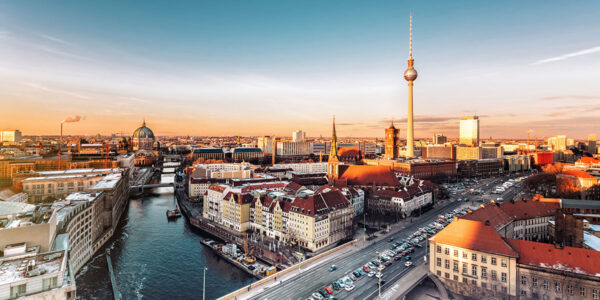If you have planned a trip to Western Sicily, you cannot miss a visit to Cefalù.
It is the pearl of the Tyrrhenian Sea and the gateway to the Madonie. Cefalù takes its name from the unmistakable silhouette of the head-shaped headland behind it (Kefalè = head). It’s the perfect place for a relaxing holiday, with its golden beaches and crystal-clear sea, but also if you want to indulge in cultural visits and breathe in the history of this land: the Greeks, the Byzantines, then the Normans and Arabs made this ancient seaside village unique, each leaving a trace of their own passage.
Here are the must-see attractions.
Don’t miss
Cathedral of Cefalù
It is the most well-known and representative monument of Cefalù and since 2015 it has been a UNESCO World Heritage Site along with the cathedral of Monreale. History and legend merge regarding its origins: what is certain is that the King of Sicily, Roger II, wanted it to be built in 1131, perhaps to convert the Islamists present on the island.
Spiaggia di Sant’Ambrogio
Defined by many as an enchanting terrace on the Tyrrhenian Sea, the beach of Sant’Ambrogio is the ideal place for those who want to spend a relaxing holiday: a long stretch of sand mixed with white pebbles next to crystal-clear water.
The Rocca di Cefalù
268 metres high, it protects and observes the beautiful town. It is called ‘u castieddu’ by the locals because the remains of a medieval castle, dating back to the 13th-14th centuries, are here. You will also find the remains of the Temple of Diana up here, a megalithic structure probably dating back to the 11th century BC, which still remains partly shrouded in mystery.
Lavatoio di Fiume Cefalino (The Wash House of River Cefalino)
You almost think you can hear the cries of the washerwomen who, in ancient times, came to wash their clothes right here, at ‘o ciumi’. The wash house has a lava stone staircase that leads down to a floor smoothed by time and a series of tanks that fill with the waters flowing from twenty-two cast-iron mouths (of which fifteen are lions’ heads).







